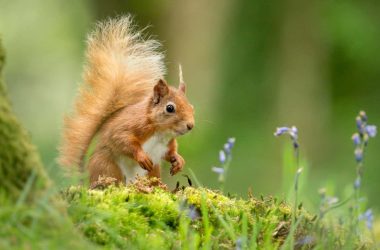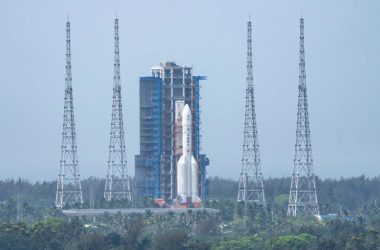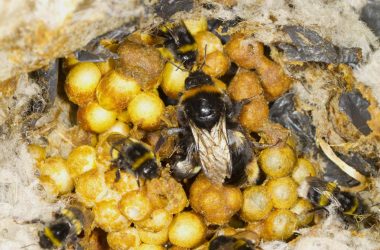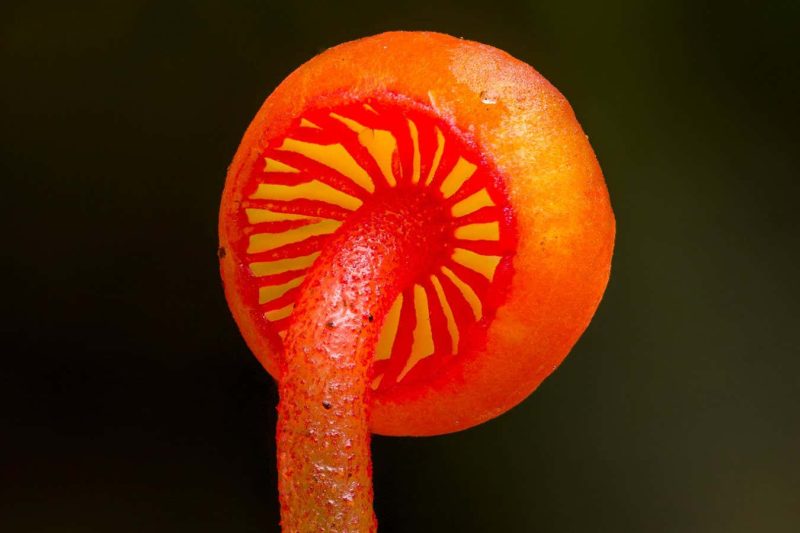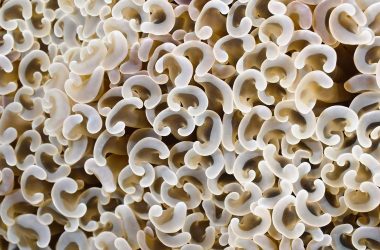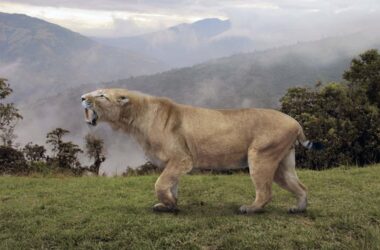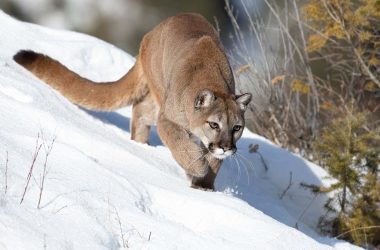Introduction
In an effort to study the diverse and understudied world of fungi, mycologists Danny Newman and Roo Vandegrift embarked on multiple expeditions to the Los Cedros reserve in the Ecuadorian Andes. This cloud forest, with its unique source of precipitation and rich biodiversity, provided them with an opportunity to identify and document numerous fungal species.
Discoveries in Los Cedros
Between 2008 and 2019, Newman and Vandegrift identified a staggering 727 fungi species in the 52-square-kilometer area of Los Cedros. Some of these remarkable specimens, including a species believed to be from the Mycena genus and a Favolaschia with its distinct honeycomb-like pores, are showcased in the captivating photos below.
Preserving Biodiversity
The decision to study fungi in Los Cedros was driven by its status as an understudied and threatened habitat. Mining, deforestation for lumber, and clearance for agriculture posed significant risks to the biodiversity of this area. However, the findings from Newman and Vandegrift’s expeditions played a crucial role in safeguarding Los Cedros. In 2021, a landmark ruling protected the reserve from mining concessions, highlighting its importance as a biodiversity reservoir.
Lessons for Conservation
The successful preservation of Los Cedros serves as a valuable lesson for conservation efforts worldwide. Vandegrift emphasizes the need to pay attention to the diversity present in all forests, whether protected or not. He believes that with proper attention and study, incredible life forms can be discovered in various habitats.
Diverse Fungal Specimens
Newman’s collection of specimens extends beyond Los Cedros. Additional photos showcase a rhododendron blight, a fungal pathogen that infects azaleas and rhododendrons found in California’s Mendocino county. The close-up image depicts the reproductive structures of this pathogen. Another photo features a fly agaric from Estacada in Oregon.
